Trehalose Boosts Macrophage Ability to Clear Plaques
|
By LabMedica International staff writers Posted on 22 Jun 2017 |
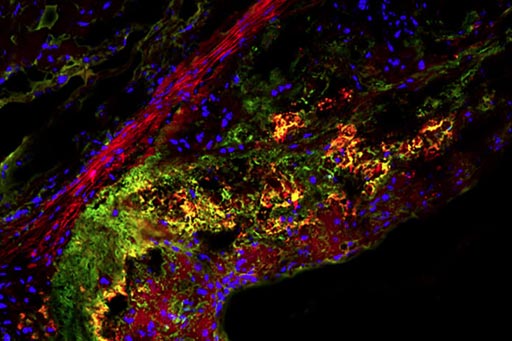
Image: A photomicrograph of a cross section of a mouse aorta, the main artery in the body, with a large plaque. Straight red lines toward the upper left are the wall of the aorta. Yellow areas are where housekeeping cells called macrophages are clearing cellular waste (Photo courtesy of Ismail Sergin, Washington University School of Medicine).
Cardiovascular disease researchers working with mouse models have found that treatment with the sugar trehalose boosts the activity of the macrophages responsible for clearing the molecular and cellular debris that make up atherosclerotic plaques.
Macrophages specialize in removing lipids and debris present in atherosclerotic plaques. However, as plaques grow, their size and complexity render macrophages unable to degrade exogenous atherogenic material and endogenous cargo including dysfunctional proteins and organelles. The decline in the autophagy-lysosome system that contributes to this situation is evidenced by disarray of key autophagy markers in both mouse and human atherosclerotic plaques.
Investigators at Washington University School of Medicine (St. Louis, MO, USA) reported that by boosting the activity of the macrophage protein transcription factor EB (TFEB), they could reverse the autophagy dysfunction of macrophages in plaques. TFEB is known to regulate many lysosomal genes, and by translocating to the cell nucleus, TFEB itself can be activated when the lysosome malfunctions. This serves to regulate both the abundance of lysosomes found in the cell and their ability to degrade complex molecules.
The investigators described in the June 7, 2017, online edition of the journal Nature Communications the ability of the natural sugar trehalose to act as an inducer of macrophage autophagy-lysosomal biogenesis and demonstrated the ability of trehalose to stimulate the plaque clearing properties of macrophage TFEB overexpression.
Trehalose is a non-reducing natural disaccharide (alpha,alpha-1,1-glucoside) synthesized endogenously by non-mammalian organisms such as insects, crustaceans, and certain plants. Present in high concentration in these organisms, trehalose is thought to provide protection against environmental stresses such as osmotic and temperature shocks by stabilizing biomolecules. The pharmaceutical industry uses trehalose as a stabilizer in numerous medicines. In the food industry, trehalose has been used as a sweetener because of its mild sweetness as compared to its other closely related non-reducing disaccharide sucrose. Owing to the ability of trehalose to induce autophagy and ameliorate various protein aggregation neurodegenerative diseases and the finding of TFEB as an autophagy inducer particularly of protein aggregates, the investigators became interested in evaluating the effects of trehalose in the induction of macrophage TFEB, autophagy-lysosomal biogenesis, and atherosclerosis.
Toward this end, they injected mice prone to atherosclerosis with trehalose. Following treatment, these animals displayed reduced plaque in their arteries. The sizes of the plaques measured in the aortic root were variable, but on average, the plaques measured 0.35 square millimeters in control mice compared with 0.25 square millimeters in the mice receiving trehalose, which translated into a roughly 30% decrease in plaque size. The effect disappeared when the mice were given trehalose orally or when they were injected with other types of sugar, even those with similar structures.
"We are interested in enhancing the ability of these immune cells, called macrophages, to degrade cellular garbage - making them super-macrophages," said senior author Dr. Babak Razani, assistant professor of medicine at Washington University School of Medicine. "In atherosclerosis, macrophages try to fix damage to the artery by cleaning up the area, but they get overwhelmed by the inflammatory nature of the plaques. Their housekeeping process gets gummed up. So their friends rush in to try to clean up the bigger mess and also become part of the problem. A soup starts building up - dying cells, more lipids. The plaque grows and grows."
"Trehalose is not just enhancing the housekeeping machinery that is already there," said Dr. Razani. "It is triggering the cell to make new machinery. This results in more autophagy - the cell starts a degradation fest. Is this the only way that trehalose works to enhance autophagy by macrophages? We cannot say that for sure - we are still testing that. But is it a predominant process? Yes."
Related Links:
Washington University School of Medicine
Macrophages specialize in removing lipids and debris present in atherosclerotic plaques. However, as plaques grow, their size and complexity render macrophages unable to degrade exogenous atherogenic material and endogenous cargo including dysfunctional proteins and organelles. The decline in the autophagy-lysosome system that contributes to this situation is evidenced by disarray of key autophagy markers in both mouse and human atherosclerotic plaques.
Investigators at Washington University School of Medicine (St. Louis, MO, USA) reported that by boosting the activity of the macrophage protein transcription factor EB (TFEB), they could reverse the autophagy dysfunction of macrophages in plaques. TFEB is known to regulate many lysosomal genes, and by translocating to the cell nucleus, TFEB itself can be activated when the lysosome malfunctions. This serves to regulate both the abundance of lysosomes found in the cell and their ability to degrade complex molecules.
The investigators described in the June 7, 2017, online edition of the journal Nature Communications the ability of the natural sugar trehalose to act as an inducer of macrophage autophagy-lysosomal biogenesis and demonstrated the ability of trehalose to stimulate the plaque clearing properties of macrophage TFEB overexpression.
Trehalose is a non-reducing natural disaccharide (alpha,alpha-1,1-glucoside) synthesized endogenously by non-mammalian organisms such as insects, crustaceans, and certain plants. Present in high concentration in these organisms, trehalose is thought to provide protection against environmental stresses such as osmotic and temperature shocks by stabilizing biomolecules. The pharmaceutical industry uses trehalose as a stabilizer in numerous medicines. In the food industry, trehalose has been used as a sweetener because of its mild sweetness as compared to its other closely related non-reducing disaccharide sucrose. Owing to the ability of trehalose to induce autophagy and ameliorate various protein aggregation neurodegenerative diseases and the finding of TFEB as an autophagy inducer particularly of protein aggregates, the investigators became interested in evaluating the effects of trehalose in the induction of macrophage TFEB, autophagy-lysosomal biogenesis, and atherosclerosis.
Toward this end, they injected mice prone to atherosclerosis with trehalose. Following treatment, these animals displayed reduced plaque in their arteries. The sizes of the plaques measured in the aortic root were variable, but on average, the plaques measured 0.35 square millimeters in control mice compared with 0.25 square millimeters in the mice receiving trehalose, which translated into a roughly 30% decrease in plaque size. The effect disappeared when the mice were given trehalose orally or when they were injected with other types of sugar, even those with similar structures.
"We are interested in enhancing the ability of these immune cells, called macrophages, to degrade cellular garbage - making them super-macrophages," said senior author Dr. Babak Razani, assistant professor of medicine at Washington University School of Medicine. "In atherosclerosis, macrophages try to fix damage to the artery by cleaning up the area, but they get overwhelmed by the inflammatory nature of the plaques. Their housekeeping process gets gummed up. So their friends rush in to try to clean up the bigger mess and also become part of the problem. A soup starts building up - dying cells, more lipids. The plaque grows and grows."
"Trehalose is not just enhancing the housekeeping machinery that is already there," said Dr. Razani. "It is triggering the cell to make new machinery. This results in more autophagy - the cell starts a degradation fest. Is this the only way that trehalose works to enhance autophagy by macrophages? We cannot say that for sure - we are still testing that. But is it a predominant process? Yes."
Related Links:
Washington University School of Medicine
Latest BioResearch News
- Genome Analysis Predicts Likelihood of Neurodisability in Oxygen-Deprived Newborns
- Gene Panel Predicts Disease Progession for Patients with B-cell Lymphoma
- New Method Simplifies Preparation of Tumor Genomic DNA Libraries
- New Tool Developed for Diagnosis of Chronic HBV Infection
- Panel of Genetic Loci Accurately Predicts Risk of Developing Gout
- Disrupted TGFB Signaling Linked to Increased Cancer-Related Bacteria
- Gene Fusion Protein Proposed as Prostate Cancer Biomarker
- NIV Test to Diagnose and Monitor Vascular Complications in Diabetes
- Semen Exosome MicroRNA Proves Biomarker for Prostate Cancer
- Genetic Loci Link Plasma Lipid Levels to CVD Risk
- Newly Identified Gene Network Aids in Early Diagnosis of Autism Spectrum Disorder
- Link Confirmed between Living in Poverty and Developing Diseases
- Genomic Study Identifies Kidney Disease Loci in Type I Diabetes Patients
- Liquid Biopsy More Effective for Analyzing Tumor Drug Resistance Mutations
- New Liquid Biopsy Assay Reveals Host-Pathogen Interactions
- Method Developed for Enriching Trophoblast Population in Samples
Channels
Clinical Chemistry
view channel
Skin Swabs Could Detect Parkinson’s Years Before Symptoms Appear
Parkinson’s disease is notoriously difficult to diagnose in its early stages, as motor symptoms do not appear until later in the progression of the disease. The ability to detect the disease up to seven... Read more
New Clinical Chemistry Analyzer Designed to Meet Growing Demands of Modern Labs
A new clinical chemistry analyzer is designed to provide outstanding performance and maximum efficiency, without compromising affordability, to meet the growing demands of modern laboratories.... Read more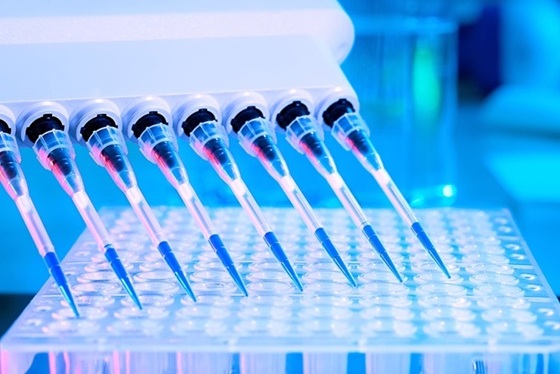
New Reference Measurement Procedure Standardizes Nucleic Acid Amplification Test Results
Nucleic acid amplification tests (NAATs) play a key role in diagnosing a wide range of infectious diseases. These tests are generally known for their high sensitivity and specificity, and they can be developed... Read moreMolecular Diagnostics
view channel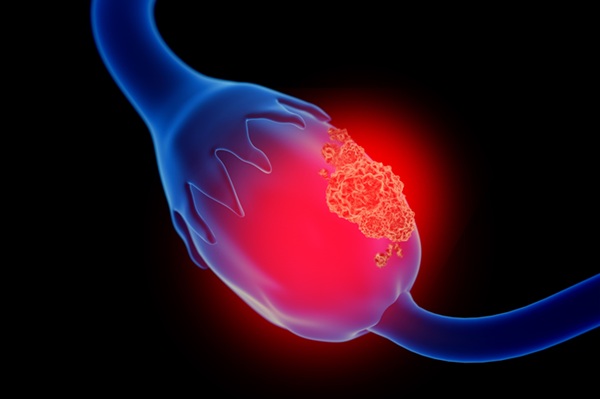
Highly Accurate Biomarkers Could Detect Ovarian Cancer Before Clinical Diagnosis
Ovarian cancer is a deadly and challenging disease, primarily because early detection is difficult. Most women (70-75%) are diagnosed only after the cancer has already spread, which significantly reduces... Read more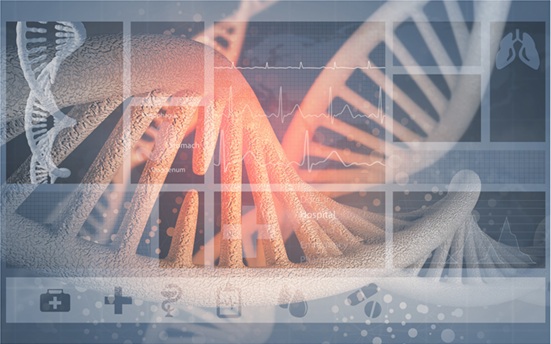
New Gene Tool to Enable Earlier Detection and Treatment of Cardiometabolic Diseases
Cardiometabolic diseases, which affect the heart, blood vessels, and the body's ability to process food and generate energy, are difficult to diagnose early due to the complex genetic changes that contribute... Read moreHematology
view channel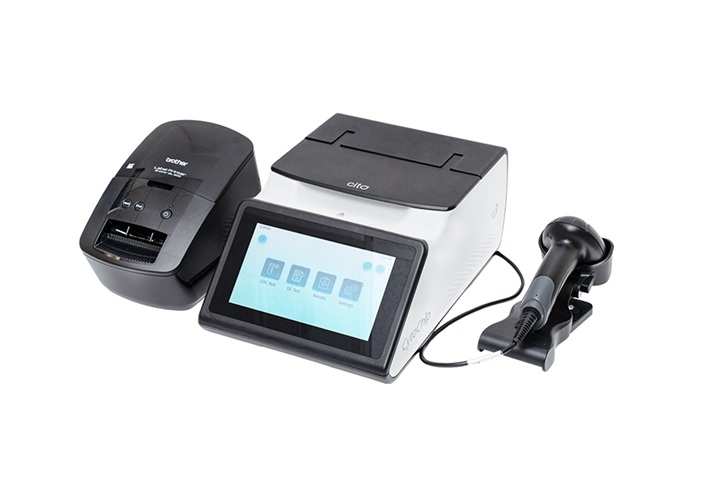
Disposable Cartridge-Based Test Delivers Rapid and Accurate CBC Results
Complete Blood Count (CBC) is one of the most commonly ordered lab tests, crucial for diagnosing diseases, monitoring therapies, and conducting routine health screenings. However, more than 90% of physician... Read more
First Point-of-Care Heparin Monitoring Test Provides Results in Under 15 Minutes
Heparin dosing requires careful management to avoid both bleeding and clotting complications. In high-risk situations like extracorporeal membrane oxygenation (ECMO), mortality rates can reach about 50%,... Read moreImmunology
view channel
New AI System Uncovers Hidden Cell Subtypes to Advance Cancer Immunotherapy
To produce effective targeted therapies for cancer, scientists need to isolate the genetic and phenotypic characteristics of cancer cells, both within and across different tumors. These differences significantly... Read more
Evolutionary Clinical Trial to Identify Novel Biomarker-Driven Therapies for Metastatic Breast Cancer
Metastatic breast cancer, which occurs when cancer spreads from the breast to other parts of the body, is one of the most difficult cancers to treat. Nearly 90% of patients with metastatic cancer will... Read more
Groundbreaking Lateral Flow Test Quantifies Nucleosomes in Whole Venous Blood in Minutes
Diagnosing immune disruptions quickly and accurately is crucial in conditions such as sepsis, where timely intervention is critical for patient survival. Traditional testing methods can be slow, expensive,... Read moreMicrobiology
view channel
Early Detection of Gut Microbiota Metabolite Linked to Atherosclerosis Could Revolutionize Diagnosis
Cardiovascular disease is the leading cause of death worldwide, and atherosclerosis plays a critical role in its development. This chronic condition, characterized by the hardening and narrowing of arteries... Read more
Viral Load Tests Can Help Predict Mpox Severity
Mpox is a viral infection that causes flu-like symptoms and a characteristic rash, which evolves significantly over time and varies between patients. The disease spreads mainly through direct contact with... Read more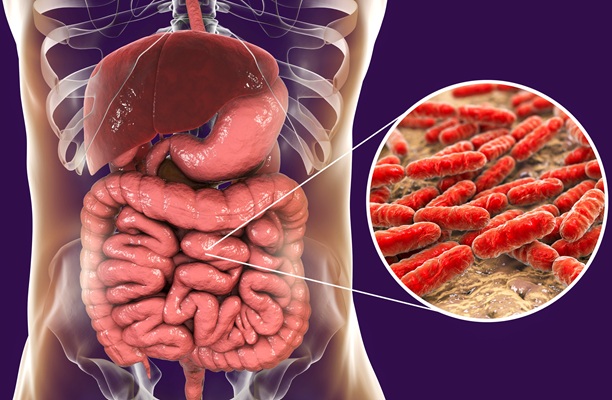
Gut Microbiota Analysis Enables Early and Non-Invasive Detection of Gestational Diabetes
Gestational diabetes mellitus is a common metabolic disorder marked by abnormal glucose metabolism during pregnancy, typically emerging in the mid to late stages. It significantly heightens the risk of... Read morePathology
view channel
AI Tool Accurately Determines Breast Cancer Prognosis
A new study has found that cells and tissues surrounding a breast cancer tumor may hold critical information about how patients will respond to treatment. The research, published in the journal Patterns,... Read more
Powerful New Tool Improves Tissue Cancer Analysis
Studying the mix of cell types in human tissue is crucial for understanding diseases like cancer, but it presents significant challenges in both accuracy and scalability. The tumor microenvironment, composed... Read moreTechnology
view channel
Electronic Biosensors Used to Detect Pathogens Can Rapidly Detect Cancer Cells
A major challenge in healthcare is the early and affordable detection of serious diseases such as cancer. Early diagnosis remains difficult due to the complexity of identifying specific genetic markers... Read more
Safer, Portable and Low-Cost Imaging Solution to Revolutionize Biomedical Diagnostics
In diagnosing diseases and monitoring treatment, accurate and quick detection of temperature within biological tissues can be crucial, especially in early disease detection. Conventional methods such as... Read more
Multifunctional Nanomaterial Simultaneously Performs Cancer Diagnosis, Treatment, and Immune Activation
Cancer treatments, including surgery, radiation therapy, and chemotherapy, have significant limitations. These treatments not only target cancerous areas but also damage healthy tissues, causing side effects... Read moreIndustry
view channel
QuidelOrtho and BÜHLMANN Collaborate on Gastrointestinal Biomarker Tests
QuidelOrtho Corporation (San Diego, CA, USA) and BÜHLMANN Laboratories AG (Schönenbuch, Switzerland) have announced the availability of the BÜHLMANN fCAL turbo and fPELA turbo assays on QuidelOrtho's... Read more
























